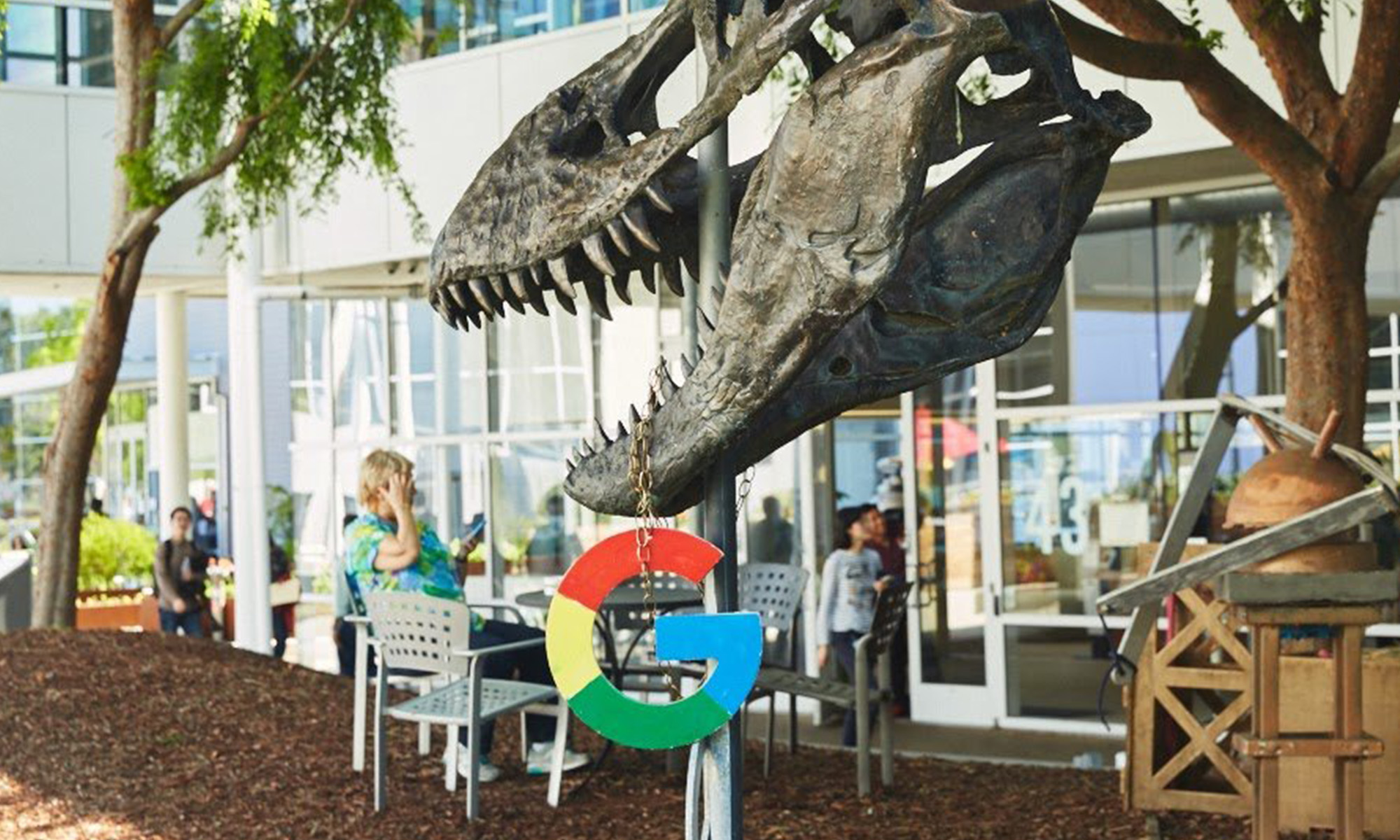Facebook (FB 2.47%) continues to evolve toward being a mobile-first company. The company is in a strong position to take incremental market share from the growing mobile advertising space, and its mobile-centric acquisitions will aid substantially in this endeavor. However, competitors like Google (GOOGL 0.04%) (GOOG 0.04%) and Twitter (TWTR +0.00%) are already securely positioned, adding to the challenges that lay ahead for Facebook.
However, the social media giant still only makes a fraction of the actual revenue possible from all of its mobile-based properties. In the last quarter of 2013, Facebook's mobile ad revenue surpassed desktop revenue for the first time. Going forward, mobile will be the major driver for the social network and lead to meaningful upside for share prices.
Continued growth of mobile devices
The worldwide growth in smartphones and mobile advertising will continue to provide a substantial tailwind for Facebook's revenue. In the first quarter of 2014, more than 281 million smartphones have been shipped worldwide, according to IDC, and shipments are on track to cross well over 1 billion units in 2014. Higher adoption of smartphones will lead to new Facebook members, while keeping existing ones more engaged as well.
Facebook already gets substantial traffic from mobile devices. In the last quarter, 79% of its total monthly user base was flowing in from mobile devices, and monetization is growing in that direction as well. Mobile advertising revenue overtook desktop revenue in the holiday quarter of 2013, and in the last quarter, mobile ad revenue made up 59% of the company's total advertising revenue.
Mobile advertising revenue grew roughly 257% year over year in the last quarter to $1.34 billion, and should grow by triple digits, at least for the next few quarters. Competing social media platform Twitter is seeing similar levels of growth, primarily from mobile as well. In the last quarter, Twitter saw 78% of its total user base flowing in from mobile devices. As a result, these leading social media companies are very well-positioned to benefit from further penetration on mobile devices.
Mobile ad spending is growing rapidly
Advertising expenditures on mobile devices continue to grow at a fast clip. Mobile ad spending grew 105% in 2013 to $17.96 billion, according to eMarketer. For 2014, eMarketer is projecting mobile ad spending to be $31.45 billion, as Facebook and Google are dominant players in that arena.
The two companies accounted for two-thirds of the mobile advertising market in 2013, and that share is expected to rise in 2014. According to eMarketer, Google's share of the mobile ad market should be 46.8%, and Facebook should have 21.7% in 2014. Twitter is the third-largest player in terms of mobile advertising spend, and is estimated to have a market share of 2.6%, far behind the top two players.
Consumer shifts toward mobile are creating big advertising opportunities, and Facebook is clearly a beneficiary of this trend. In addition, Facebook has barely scratched the surface when it comes to monetizing Instagram. The photo-sharing app has already amassed more than 200 million monthly users, and is going to be a major revenue generator for the company in 2015 and beyond as it is adopted by more consumers worldwide.
Some of the mobile ad spending growth will flow through to Facebook's relatively un-monetized assets. For example, Instagram signed a major advertising deal with Omnicom for $100 million annually. Striking similar upfront deals with other major advertising firms can lead to incremental revenues for Instagram in the years ahead.
Going forward
Facebook saw revenue growth accelerate for three consecutive quarters, yet the company still hasn't started monetizing most of its assets or the acquisitions it has made. Continued growth in mobile penetration in less-penetrated markets around the world, along with growth in mobile ad spending, should translate into substantial revenue for Facebook. The company enjoys very high operating margins -- to the tune of 43%-44% -- and once it starts to more aggressively monetize its various platforms, there could be significant upside in the company's stock price.








